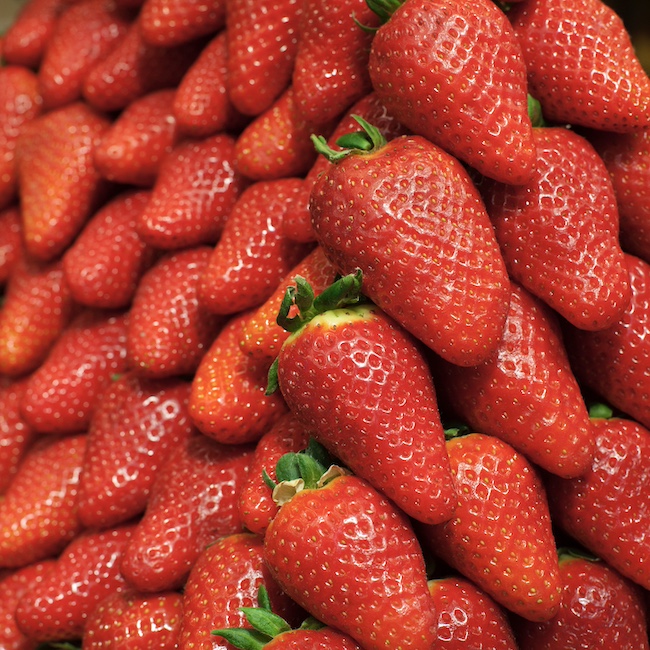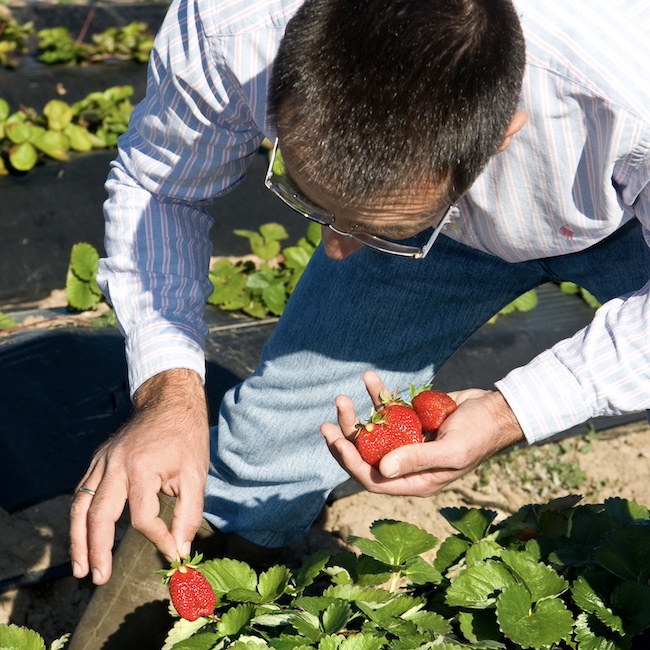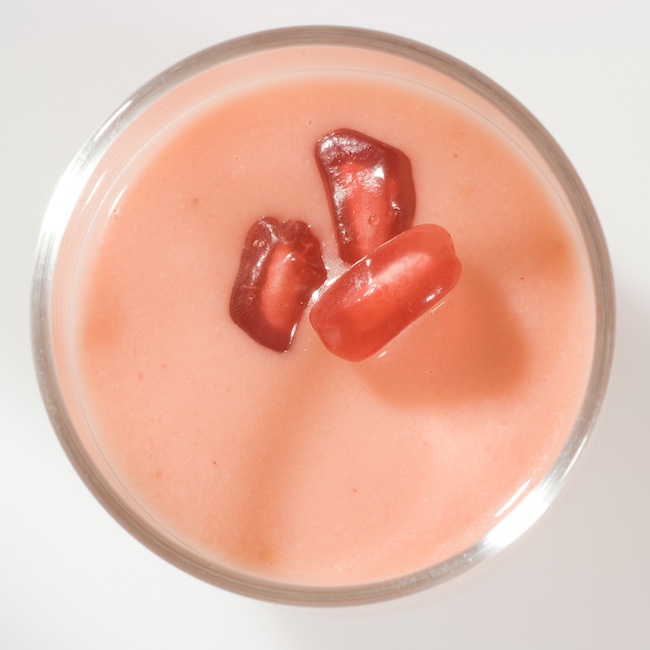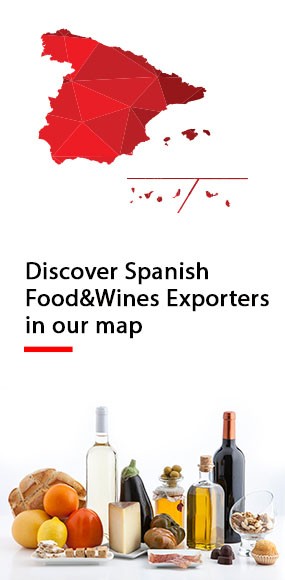.png.transform/rendition-xs/image_image%20(1).png)
The Red Allure of Spanish Strawberry
From the sun-soaked fields of Huelva to dessert plates across the globe, Spanish strawberries are a symbol of flavor, innovation, and agricultural strength
When most people think of strawberries, they envision juicy, ruby-red fruit bursting with flavor—perhaps a sweet summer treat. But in Europe, there’s a clear leader in the strawberry game: Spain. Not only is Spain the largest producer of strawberries in Europe with 400.000 tons each year (which represents the 50% of all the European strawberry), it is also one of the world’s most significant exporters of the fruit, with the vast majority of its production centered in one place—the province of Huelva, in Andalusia.
Huelva: The Heart of Europe's Strawberry Fields
Huelva’s geographical position gives it a perfect blend of sun, sea breezes, and mild winter temperatures, creating ideal conditions for strawberry cultivation. In fact, over 95% of Spain’s strawberries are grown in this province, earning it a reputation as the strawberry capital of Europe. Each year, Spain produces between 280,000 to 360,000 tons of strawberries, depending on climate and growing conditions. Much of this production is exported, primarily to Germany, France, the United Kingdom, and increasingly, to Eastern Europe and the Middle East.
The region is blanketed with greenhouses and open fields where dozens of varieties of strawberries are grown—the main one is the bright red Fortuna, with a medium to large-sized strawberry, with a conical shape and slightly rough skin, characterized by its juiciness, uniformity, and firmness. But we should not forget about Rociera, a well-rounded and very aromatic strawberry variety, with good size, bright red color, and a firm texture.

Producers are working on the recognition of Fresa de Huelva as a Protected Geographical Indication (IGP). This designation aims to highlight the unique characteristics of strawberries grown in the Huelva region. Producers are confident that achieving IGP status would protect the name "Fresa de Huelva," enhance its market value, and offer consumers a guarantee of authenticity and traceability.
Other Growing Regions
While Huelva dominates the Spanish strawberry landscape, it isn’t the only region involved in production. Valencian Community, Murcia, and Catalonia also contribute to the national output, often growing strawberries for local markets or for extending the season slightly due to their varied climates.
In the north, Navarra has a smaller but growing strawberry scene, particularly focused on organic farming and niche varieties aimed at the gourmet market. These regions often market their strawberries with "proximity" labels, appealing to health-conscious and environmentally aware consumers.

How Spaniards Enjoy Their Strawberries
In Spain, strawberries are more than just an ingredient—they’re a seasonal joy that signals the arrival of spring. They are typically available from late January through June, though the peak is in March and April.
One of the most traditional ways to enjoy strawberries in Spain is remarkably simple: fresh strawberries served with whipped cream (fresas con nata). It’s a staple on dessert menus, and a favorite for children and adults alike.
Another common preparation is strawberries macerated in sugar or orange juice, often accompanied by a splash of aged balsamic vinegar or Spanish sherry for a sophisticated twist. In more avant-garde interpretations, strawberries are served with fresh cheeses like requesón (a type of cottage cheese) or mató (a Catalan fresh cheese), often drizzled with honey or paired with nuts.
They are also a key ingredient in homemade jams, fruit salads, and increasingly, in cocktails and savory dishes where their acidity balances richer flavors.

Culinary Creativity: Chefs Embrace the Strawberry
Spain’s innovative culinary scene hasn’t overlooked the humble strawberry. From Michelin-starred restaurants to rustic countryside inns, chefs are elevating strawberries to new heights.
Chef Ángel León, known as El Chef del Mar (Chef of the Sea) and holder of three Michelin stars at Aponiente in El Puerto de Santa María (Andalusia), has incorporated strawberries into seafood dishes, using their acidity and color to contrast briny flavors from the Atlantic. León is known for exploring new frontiers in gastronomy, and strawberries are often part of his springtime tasting menus. An example of this is one of his unusual desserts: chocolate cream, plankton, wasabi, and strawberries submerged for 2 months in Vinagre de Jerez PDO.
In Catalonia, Carme Ruscalleda, one of the most acclaimed female chefs in Spain, has long used strawberries in her creations at her now-closed but legendary restaurant Sant Pau. Her strawberry gazpacho, blending local strawberries, tomatoes, and a touch of basil, earned praise for its refreshing and vibrant flavor.
A Fruit with Global Reach and Local Flavor
Whether enjoyed fresh in a sunlit square in Seville or as part of a Michelin-starred dish in Barcelona, Spanish strawberries are more than a fruit—they are a cultural and economic emblem. Their story is one of tradition meeting technology, of local farming shaping global tastes.
As consumers increasingly seek produce that is both delicious and responsibly grown, Spain’s strawberries stand out not only for their flavor but for their role in a complex, evolving agricultural landscape. From the red fields of Huelva to the hands of world-class chefs, the journey of the Spanish strawberry is one worth savoring.

